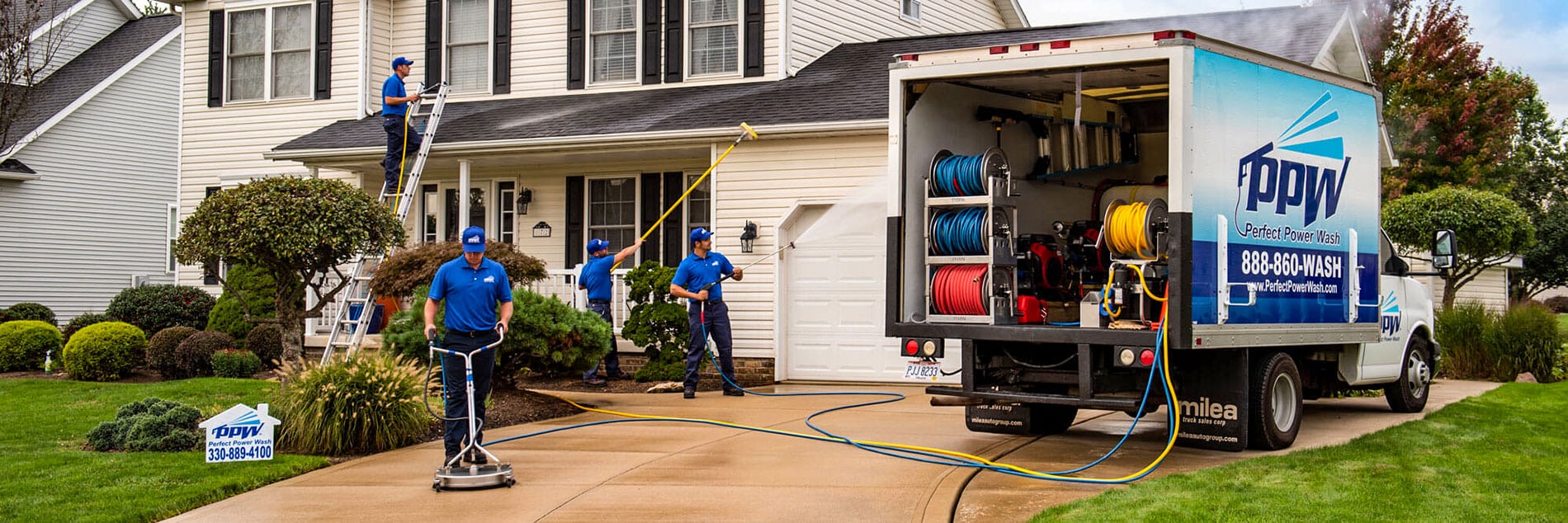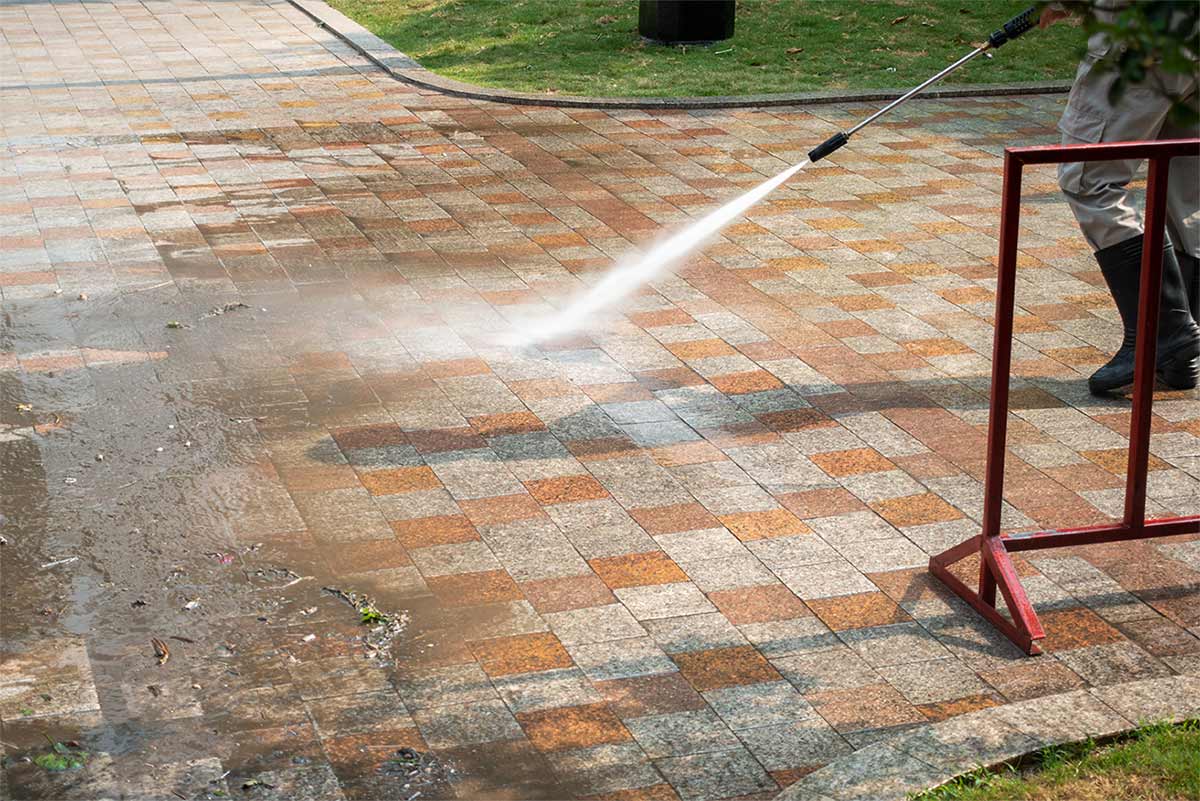Reliable Methods for Graffiti Removal That Restore Surface Areas to Their Original State
The difficulty of graffiti removal is diverse, requiring an understanding of various graffiti kinds and the most effective techniques for remediation. From chemical solutions that provide to particular paint structures to pressure cleaning techniques that maintain the honesty of surfaces, each method has its benefits.
Comprehending Graffiti Types
Understanding the varied kinds of graffiti is essential for reliable elimination techniques. Graffiti can be extensively classified into numerous types, each requiring various strategies for elimination. The most common kinds include throw-ups, murals, and tags. Tags are the easiest kind, being composed of a stylized trademark or logo design, commonly created quickly with spray paint or markers. Their fairly tiny size can make them less complicated to get rid of however can still posture difficulties depending on the surface area.
Throw-ups are much more complicated and generally involve bigger, bubble-like text loaded with a single color. These items can cover more area and may demand different removal techniques contrasted to tags. Murals, on the various other hand, are complex art work that can be thorough and fairly large, typically commissioned or produced with approval. The elimination of murals offers unique obstacles due to the potential for damage to the underlying surface and the artistic value.
Comprehending these distinctions is vital for selecting the right techniques and materials for effective graffiti elimination. Each type not only differs in its visual impact but also in the techniques that will be most effective in bring back surface areas to their original condition.
Chemical Removal Techniques
When dealing with graffiti removal, chemical methods are frequently one of the most effective and efficient strategy for different surfaces. These methods make use of specialized formulations designed to break down the chemical bonds in graffiti, making it easier to get rid of without harming the underlying product.

It is necessary to choose a chemical eliminator that is compatible with the surface area being dealt with to stop damage. Testing the item on a tiny, low-profile area prior to widespread application is suggested. Furthermore, appropriate protective equipment, such as handwear covers and masks, must be used to guarantee safety throughout the elimination procedure.
Once the graffiti has actually been liquified, it is essential to completely rinse the surface area to get rid of any type of chemical residue, which can result in staining or deterioration over time (Graffiti Removal in Euclid). In general, chemical removal methods supply an effective service for bring back surfaces to their initial state while minimizing possible injury
Stress Washing Techniques
While chemical elimination methods are extremely reliable, pressure cleaning presents an alternate strategy for graffiti removal that can be similarly efficient, particularly on sturdy surfaces. This method makes use of high-pressure water jets to dislodge and eliminate graffiti from numerous products, such as concrete, block, and metal.
The performance of stress cleaning rest on a number of factors, consisting of the pressure setting, nozzle type, and the range from which the water is used. Usually, a stress variety of 2,000 to 3,000 PSI is suggested for most surfaces, however modifications might be essential depending on the substrate's sensitivity. Using a fan spray nozzle can assist cover bigger locations properly while decreasing the danger of damaging the underlying material.
Previous to pressure cleaning, it is essential to analyze the graffiti's structure. In general, stress cleaning is an effective tool in the graffiti elimination toolbox.

Eco-Friendly Solutions
Lots of people and organizations are increasingly looking for green remedies for graffiti elimination, identifying the relevance of lessening ecological impact. Standard graffiti elimination techniques frequently entail severe chemicals that can be unsafe to both the setting and public health. In comparison, green remedies make use of safe and naturally degradable products that properly get rid of graffiti without causing damages to surface areas or releasing unsafe compounds right into the environment.
One effective strategy is making use of all-natural solvents, such as citrus-based cleansers, which harness the power of plant-derived components to break down paint without leaving poisonous residues. Furthermore, cooking soft drink and vinegar mixes can serve as gentle abrasives that raise graffiti while being safe for the setting.
Another innovative strategy is using environment-friendly pressure cleaning systems that utilize much less water and energy compared to conventional methods. These systems often integrate specialized nozzles and eco-conscious cleaning agents find out that improve efficacy while reducing waste.
Preventative Procedures
Preventative actions play a vital role in combating graffiti criminal damage and lessening its event. By executing calculated approaches, homeowner and areas can discourage prospective transgressors and reduce the expenses related to graffiti removal.
One efficient method is making use of anti-graffiti coatings, which produce a protective layer on surface areas, making it difficult for paint to stick. These layers can be tinted or clear, allowing the original here are the findings visual to continue to be intact while providing a protect versus vandalism. Additionally, the installation of surveillance video cameras in risky areas can serve as a deterrent, as the existence of checking modern technology may prevent prospective wrongdoers.
Area involvement is likewise important; organizing neighborhood watch programs or graffiti clean-up events cultivates a sense of possession and satisfaction amongst citizens. Educational campaigns in schools can raise recognition concerning the unfavorable influences of graffiti, advertising respect for public and exclusive residential or commercial property.
Final Thought
In conclusion, the reliable removal of graffiti needs a multifaceted technique that considers the kind of graffiti and the surface area product. An extensive understanding of these approaches is vital for achieving optimal outcomes in graffiti removal undertakings.
